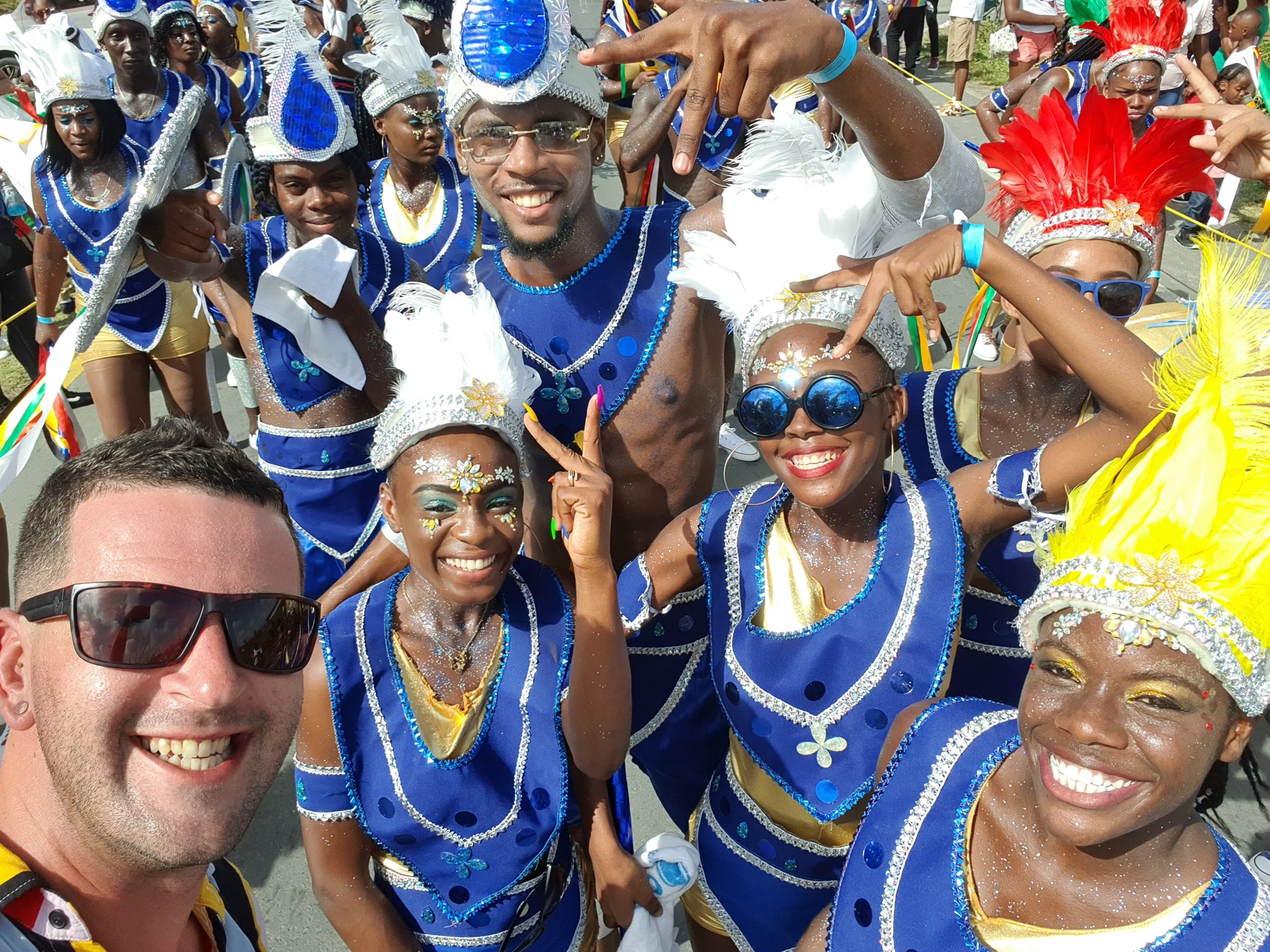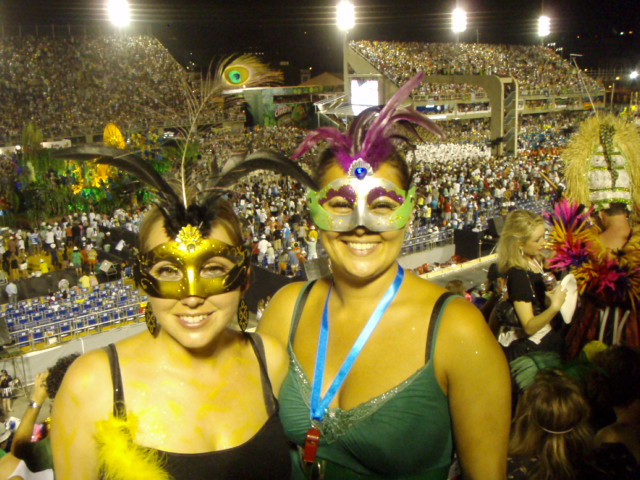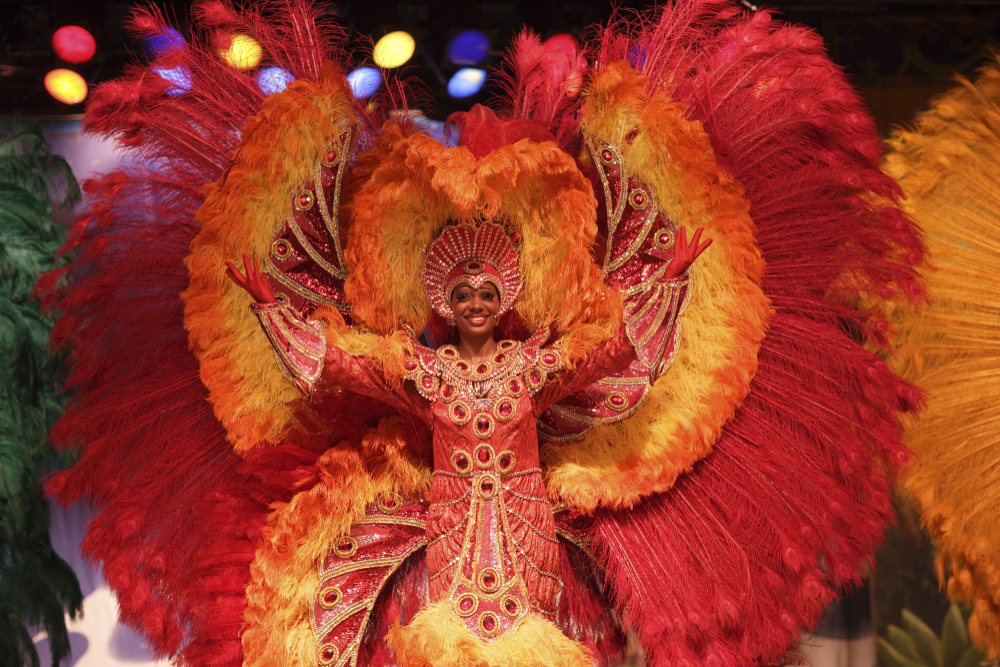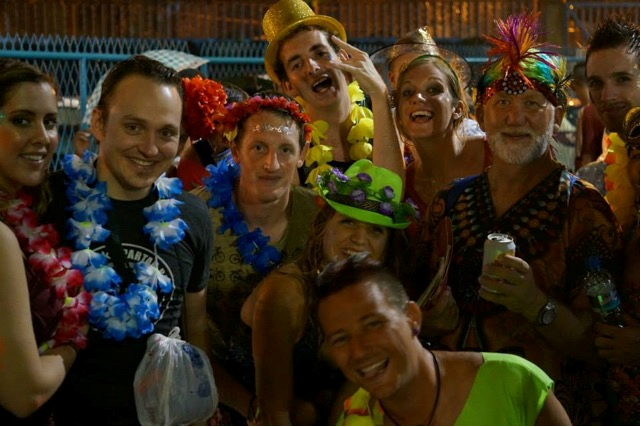- Details

Carnival in Rio de Janeiro is not just an event; it's an explosion of culture, color, and joy that captivates the hearts of millions. As the biggest party on the planet, this carnival celebration draws people from all over the world, eager to participate in the vibrant festivities, elaborate costumes, and mesmerizing samba parades. In this guide, we'll explore the history, significance, and various aspects of the Rio Carnival taking place in 2025, ensuring you don't miss any highlights of this unmatched experience.
What is Carnival in Rio de Janeiro and Why is it Famous?
Overview of the Carnival Celebration
The Rio Carnival is the largest carnival in the world, a spectacular festival that takes place annually before Lent. It features a series of parades, street parties, and events that showcase the creativity and passion of Brazilian culture. Each year, the streets of Rio de Janeiro transform into a vibrant sea of color and sound, as participants don extravagant costumes and dance to the rhythms of samba. The highlight of this carnival celebration is undoubtedly the samba parade at the Sambadrome, where samba schools compete in a dazzling display of artistry and performance. With millions of spectators and participants, the Rio Carnival is a true testament to Brazil's rich cultural heritage.
Historical Significance of Carnival
The history of Carnival in Rio de Janeiro dates back to the 18th century when Portuguese colonizers introduced their own festive traditions, blending them with African influences brought by enslaved people. Over the years, this fusion of cultures led to the development of unique carnival practices, including the formation of samba schools and street parties known as blocos. Carnival has played a significant role in the social and cultural fabric of Brazil, allowing people to express their identities and challenge social norms. Today, it stands as a time for celebration, unity, and resistance, symbolizing the spirit of the Brazilian people.
Cultural Impact of Rio Carnival
The cultural impact of the Rio Carnival is profound, as it serves as a platform for artistic expression and social commentary. Each samba school develops a theme for their performance, often addressing current issues or celebrating historical events. This allows samba to transcend mere entertainment, becoming a powerful medium for storytelling and cultural preservation. Additionally, the carnival fosters a sense of community among both locals and tourists, as people from various backgrounds come together to partake in the festivities. The Rio Carnival is not just a celebration; it is a living embodiment of Brazilian culture, a time when the country showcases its creativity, resilience, and warmth.
When is the Carnival in Rio de Janeiro in 2025?
Dates of Carnival 2025
The Carnival in Rio de Janeiro for 2025 will take place from February 28th to March 5th, culminating in the grand finale on Ash Wednesday. These dates mark a period of exuberance and joy, as the city prepares for weeks of festivities. The excitement begins long before the official dates, with numerous events leading up to the main celebrations. Carnival is more than just a few days of parades; it's a month-long festival that captivates the city and its visitors.
Events Leading Up to Carnival
In the weeks leading up to Carnival 2025, various events will take place throughout Rio de Janeiro. These include rehearsals by samba schools, street parties, and smaller blocos that invite locals and tourists to join the fun. The Banda de Ipanema, a famous bloco, is known for its lively atmosphere and inclusivity. These pre-carnival events are essential for building the excitement and energy that culminates in the grand samba parade. It is during this time that the streets of Rio come alive with music, dance, and laughter, setting the stage for the biggest celebration of the year.
Importance of February 28th to March Dates
The period from February 28th to March 5th is critical as it encompasses the core days of the carnival festival. These dates are strategically chosen as they fall just before Lent, which is traditionally a time of fasting and reflection for many Christians. The Rio Carnival allows participants to indulge in festivities, enjoy delicious Brazilian cuisine, and embrace the spirit of joy before the somber period of Lent begins. This unique juxtaposition of celebration and reflection is what makes the Rio Carnival special and significant, attracting millions from around the world.
What to Expect at the Sambadrome Parade?
Understanding the Sambadrome Venue
The Sambadrome, or Sambódromo, is the epicenter of the Rio Carnival parade, designed specifically for the samba schools' performances. This iconic venue, inaugurated in 1984, is a grand structure that can accommodate thousands of spectators, offering a breathtaking view of the samba parade. The Sambadrome is not just a physical space; it is a symbol of the carnival's spirit, where vibrant floats, elaborate costumes, and rhythmic samba beats come together in a spectacular display. Attending the Sambadrome parade is a must for anyone seeking to experience the heartbeat of the Rio Carnival.
Floats and Costumes at the Sambadrome Parade
One of the most captivating aspects of the Sambadrome parade is the elaborate floats and costumes that each samba school presents. The floats are intricately designed, often reflecting the theme of the samba school's performance, while the costumes are a dazzling array of colors, feathers, and sequins. Participants invest countless hours in preparation, ensuring that their presentations are nothing short of breathtaking. The creativity and artistry showcased in these floats and costumes are a testament to the dedication of the samba schools and their members, making the parade an unforgettable experience.
Special Group Performances
In addition to the main samba schools, the Sambadrome parade features special group performances that add another layer of excitement to the event. These groups often showcase different dance styles and cultural expressions, enriching the overall experience. The presence of King Momo, the king of the carnival, further elevates the celebratory atmosphere, as he symbolizes the spirit of joy and revelry. The blend of traditional samba with contemporary performances creates a vibrant tapestry of Brazilian culture that is truly unique to the Rio Carnival.
How to Experience Rio de Janeiro Carnival Like a Local?
Joining Blocos and Street Parties
To truly experience the Rio Carnival like a local, one must immerse themselves in the blocos and street parties that take place throughout the city. These grassroots celebrations are filled with music, dance, and camaraderie, providing a more intimate and authentic carnival experience. Participants often dress in colorful costumes, join in the dancing, and enjoy the festive atmosphere. Copacabana, known for its lively beach parties, is a popular spot for these street festivities, where both locals and tourists come together to celebrate the spirit of carnival. Engaging with the community in this way allows for a deeper understanding of the cultural significance of the event.
Exploring Copacabana during Carnival Time
Copacabana becomes a hub of activity during the Rio Carnival, offering numerous events and parties for revelers. The iconic beach attracts thousands, providing a picturesque backdrop for the celebrations. Street vendors sell local delicacies, and musicians fill the air with infectious rhythms, inviting everyone to join the dance. The vibrant atmosphere of Copacabana enhances the carnival experience, allowing visitors to engage with Brazilian culture in a lively and relaxed setting. Participating in the festivities here is essential for anyone looking to soak up the true essence of the Rio Carnival.
Masquerade Events and Other Festivities
Masquerade events are another exciting aspect of the Rio Carnival, providing a chance to experience the mystique and allure of the festival. These events often feature elaborate costumes, live music, and themed decorations, allowing attendees to step into a fantastical world. Additionally, there are various cultural performances and exhibitions throughout the city, showcasing Brazil's rich artistic traditions. Engaging in these masquerade events not only adds an element of enchantment to the carnival experience but also highlights the diversity and creativity that define the Brazilian spirit during this festive season.
What are the Best Samba Schools to Watch in 2025?
Top Samba Schools Participating in 2025
The samba schools that participate in the Rio Carnival are renowned for their artistic excellence and vibrant performances. Some of the top samba schools to watch in 2025 include Mangueira, Beija-Flor, and Portela. Each school has its own unique style, history, and themes, making every performance distinct and captivating. These schools invest significant time and resources into their preparations, ensuring that they deliver breathtaking presentations that resonate with the audience. Watching these top samba schools is a highlight of the carnival experience, showcasing the best of Brazilian culture and artistry.
History and Legacy of Samba Schools
The history of samba schools is intertwined with the development of the Rio Carnival itself. These organizations emerged in the early 20th century as a means for communities to come together, celebrate their culture, and compete in the carnival parade. Over the years, samba schools have evolved, gaining recognition and prestige within Brazilian society. Today, they serve as cultural institutions that preserve and promote samba music and dance. The legacy of samba schools is evident in their performances, as they continue to inspire and engage new generations of Brazilians and carnival enthusiasts alike.
Tips for Choosing Which Samba School to Follow
Choosing which samba school to follow can enhance your Rio Carnival experience. Consider attending performances or rehearsals leading up to the main parade to get a feel for each school's style and energy. Each school has its own unique narrative and choreography, so find one that resonates with you. Engaging with the community members and learning about their history can also provide deeper insights into the samba schools' significance in the carnival. Whether you opt for a well-known school or a rising star, following a samba school is a fantastic way to connect with the heart and soul of the Rio Carnival.





